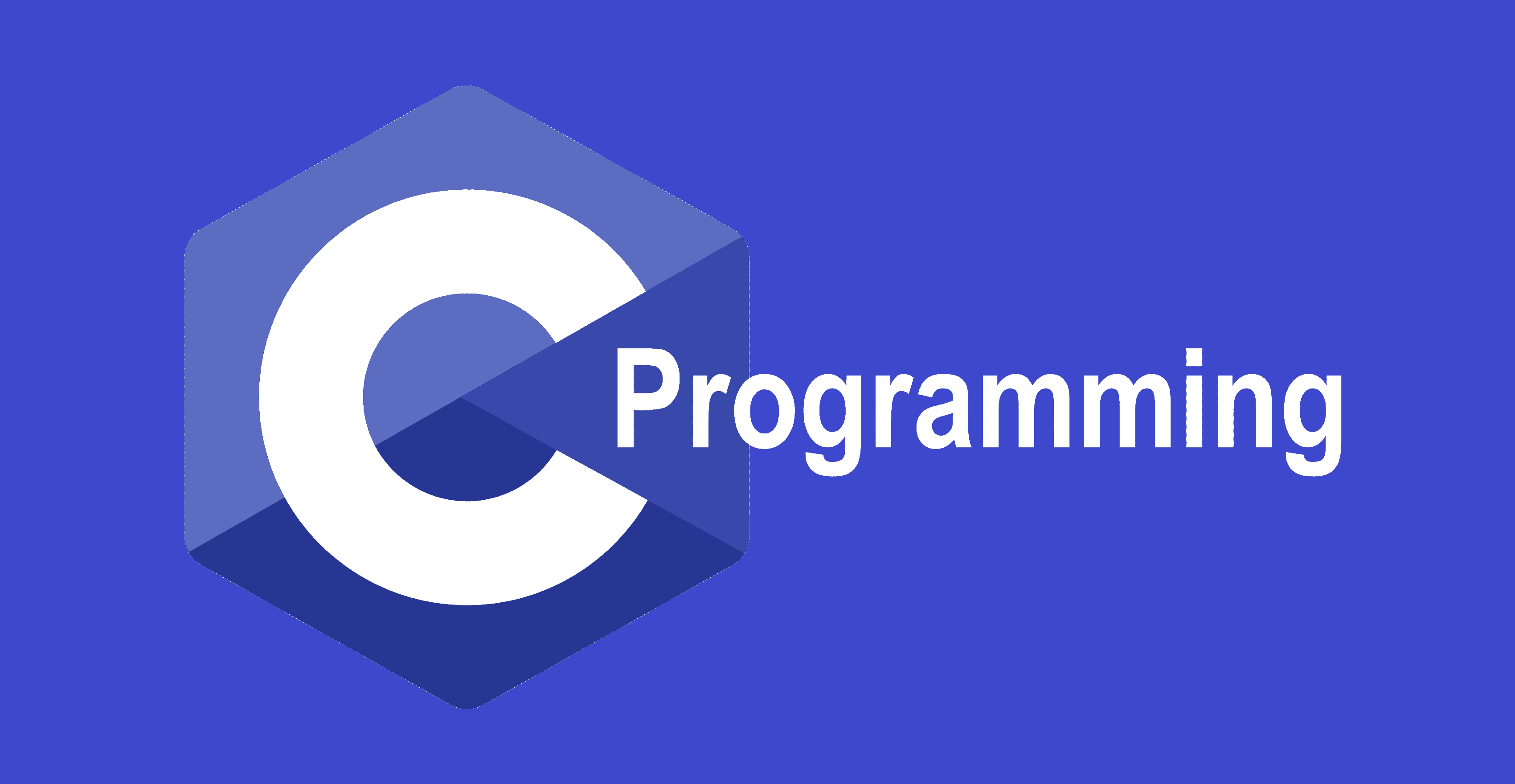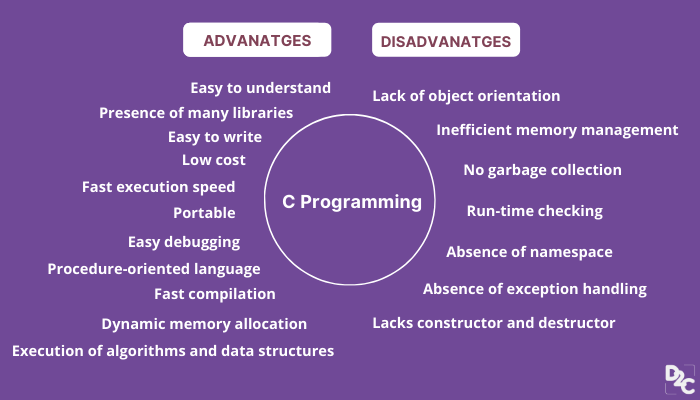INTRODUCTION TO C LANGUAGE
C is a procedural programming language initially developed by Dennis Ritchie in the year 1972 at Bell Laboratories of AT&T Labs. It was mainly developed as a system programming language to write the UNIX operating system.
This language is highly portable, systemic programming; general purpose language basic topics are defined below.
Why Should We Learn C?
Many later languages have borrowed syntax/features directly or indirectly from the C language. Like syntax of Java, PHP, JavaScript, and many other languages are mainly based on the C language. C++ is nearly a superset of C language (Only a few programs may compile in C, but not in C++).
So, if a person learns C programming first, it will help him to learn any modern programming language as well. As learning C help to understand a lot of the underlying architecture of the operating system. Like pointers, working with memory locations, etc.
LANGUAGE
It is nothing but an interface between user and system.
The main features of the C language include:
General Purpose and Portable
Low-level Memory Access
Fast Speed
Clean Syntax
These features make the C language suitable for system programming like an operating system or compiler development.
MIDDLE LEVEL LAUGUAGE
Combines both the best elements of high level language {English} and the function of low level language {Binary language} so commends are given in high level language and systems analyses it in low level language.
CASE SENSITIVE
All elements {A-Z, 0-9, symbols, special characters} are having specific codes.
“A” is not equal to “a” because A=65, a=97. These codes are called ASCII codes.
MERITS OF C LANGUAGE
It is a simple, contained, versatile, more expressive general-purpose language.
C is proved to be an excellent and efficient language for a variety programming
It has high degree of language mobility.
C programs are fast and efficient.
C has a rich set of operators
TRANSLATORS
This is system software which translates low level language to high level language. There are 4 types of compilers.
Compilers
Interpreter
Assemblers
Preprocessor
Structure of the C program
After the above discussion, we can formally assess the structure of a C program. By structure, it is meant that any program can be written in this structure only. Writing a C program in any other structure will hence lead to a Compilation Error. The structure of a C program is as follows:
Components of a C Program:
1.Header Files Inclusion – Line 1 [#include <stdio.h>]
The first and foremost component is the inclusion of the Header files in a C program. A header file is a file with extension .h which contains C function declarations and macro definitions to be shared between several source files. All lines that start with # are processed by a preprocessor which is a program invoked by the compiler. In the above example, the preprocessor copies the preprocessed code of stdio.h to our file. The .h files are called header files in C.
Some of the C Header files :
stddef.h – Defines several useful types and macros.
stdint.h – Defines exact width integer types.
stdio.h – Defines core input and output functions
stdlib.h – Defines numeric conversion functions, pseudo-random network generator, and memory allocation
string.h – Defines string handling functions
math.h – Defines common mathematical functions.
2.Main Method Declaration – Line 2 [int main()]
The next part of a C program is to declare the main() function. It is the entry point of a C program and the execution typically begins with the first line of the main(). The empty brackets indicate that the main doesn’t take any parameter (See this for more details). The int that was written before the main indicates the return type of main(). The value returned by the main indicates the status of program termination. See this post for more details on the return type.
3.Body of Main Method – Line 3 to Line 6 [enclosed in {}]
The body of a function in the C program refers to statements that are a part of that function. It can be anything like manipulations, searching, sorting, printing, etc. A pair of curly brackets define the body of a function. All functions must start and end with curly brackets.
4.Statement – Line 4 [printf(“Hello World”);]
Statements are the instructions given to the compiler. In C, a statement is always terminated by a semicolon (;). In this particular case, we use printf() function to instruct the compiler to display “Hello World” text on the screen.
5. Return Statement – Line 5 [return 0;]
The last part of any C function is the return statement. The return statement refers to the return values from a function. This return statement and return value depend upon the return type of the function. The return statement in our program returns the value from main(). The returned value may be used by an operating system to know the termination status of your program. The value 0 typically means successful termination.
ADVANTAGES AND DISADVANTAGES :
MORE IN C
This Blog is created and maintained by P.AVINASH (322132910058) Of BTECT, 1st YEAR, CSE, SVPEC.




No comments:
Post a Comment